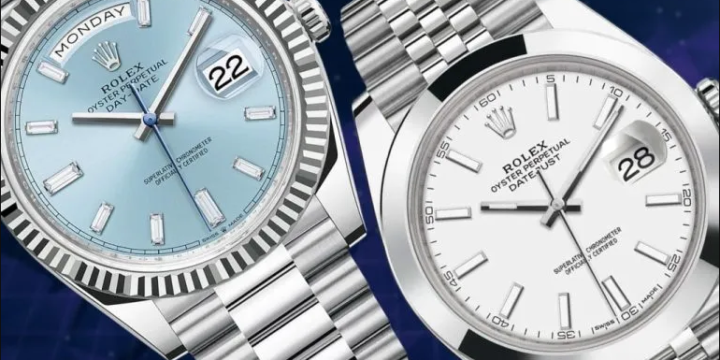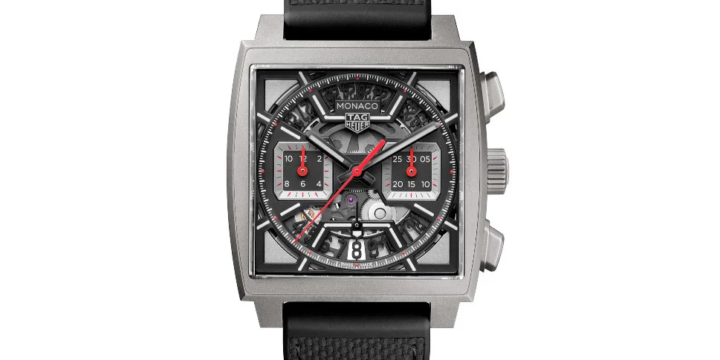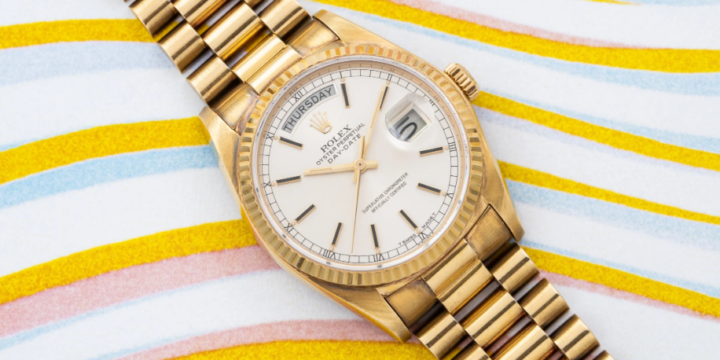
Rolex Datejust vs. Day-Date: A Closer Look at Two Rolex Icons
When people think of Rolex, two models often come to mind: the Datejust and the Day-Date. Both are classic replica Rolex watches with long histories, elegant designs, and strong reputations. But while they may look similar at first glance, they offer different features, materials, and personalities. This article will explore what sets the Datejust and Day-Date apart—from design and movement to wearability and market value—so you can better understand which one suits your style and purpose. 1. History and Introduction Datejust was introduced in 1945, becoming the first wristwatch to feature an automatically changing date window. It marked Rolex's 40th anniversary and came with the debut of the now-famous Jubilee bracelet. Over the decades, it has become a go-to model for those seeking a balance between sporty and dressy. Day-Date, released in 1956, took the Datejust's concept one step further. It was the first wristwatch to display both the day of the week (spelled out in full) and the date on the dial. Often called the "President's Watch," it quickly became a favorite among world leaders, celebrities, and successful professionals. 2. Case and Materials Datejust is available in a wide range of materials, from stainless steel to two-tone Rolesor (steel and gold), and also in solid gold. This variety makes it more accessible and suitable for daily wear. It comes in several sizes: 31mm, 36mm, and 41mm, offering something for everyone. Day-Date, on the other hand, is only made in precious metals—yellow gold, white gold, Everose gold, and platinum. There are no stainless steel or two-tone versions. This makes the Day-Date a more exclusive and luxurious model. It comes mainly in 36mm and 40mm, with newer versions adding small refinements in shape and bracelet. 3. Dial and Display Datejust dials are extremely versatile. You can choose from a wide selection of colors, patterns, hour markers (batons, Roman numerals, diamonds), and even fluted or smooth bezels. The key feature is the date window at 3 o'clock, accompanied by the signature Cyclops lens for easy reading. Day-Date dials are also varied, but always feature two windows—the date at 3 o'clock and the full day of the week at 12 o'clock. The day display is available in over 20 languages, giving owners an added layer of personalization. Day-Date dials often include more luxurious elements like diamond hour markers or mother-of-pearl backgrounds. 4. Bracelet Options Datejust typically comes on either the Jubilee bracelet (introduced with the watch) or the Oyster bracelet. Both are known for comfort and durability. The Jubilee feels a bit more dressy, while the Oyster adds a sportier touch. Day-Date is known for its exclusive President bracelet, which features semi-circular links and a hidden Crownclasp. This bracelet was designed specifically for the Day-Date and remains one of the most iconic and elegant in Rolex's collection. 5. Movement and Performance Both watches use in-house automatic movements that are highly accurate and certified as Superlative Chronometers. Recent Datejust models are powered by the Caliber 3235, offering a 70-hour power reserve, high efficiency, and anti-magnetic technology thanks to the Chronergy escapement. Modern Day-Date 40 models use the Caliber 3255, which builds upon the 3235 with additional refinements in accuracy, power reserve, and resistance. Both movements are top-of-the-line, but the Day-Date's caliber is slightly more advanced. 6. Wearing Experience and Style Datejust is more versatile. It can be dressed up or down, worn to the office or at a weekend dinner. Thanks to its material and size options, it fits a wide audience. A stainless steel Datejust 41 on an Oyster bracelet can look bold and modern, while a two-tone 36mm on a Jubilee feels classic and refined. Day-Date leans more formal and luxurious. It's heavier, flashier, and makes a statement. Wearing a full-gold Day-Date carries a sense of status, tradition, and success. It's less likely to be a casual daily luxury replica watches, but for many, it's the ultimate goalpiece. 7. Price and Availability Datejust is generally more affordable, especially in steel models. Prices vary depending on size, bezel style, and bracelet type. It's also easier to find new or pre-owned through official dealers and on the secondary market. Day-Date is significantly more expensive, as it's only available in precious metals. The price difference is justified by the materials and exclusivity. Due to its premium nature, the Day-Date may have longer wait times or be more limited in certain configurations. 8. Image and Symbolism Datejust represents timeless elegance, Rolex quality, and versatility. It's often the first Rolex people buy and is suitable for almost any lifestyle. It's seen as a reliable companion rather than a flashy status symbol. Day-Date is Rolex at its most prestigious. Its nickname, "The President's Watch," tells you everything—it's the watch of people who have arrived. It's not just about telling time; it's about sending a message of achievement, power, and taste. No matter which you choose, both models are built with the same Rolex attention to detail, reliability, and timeless design. You really can't go wrong.

